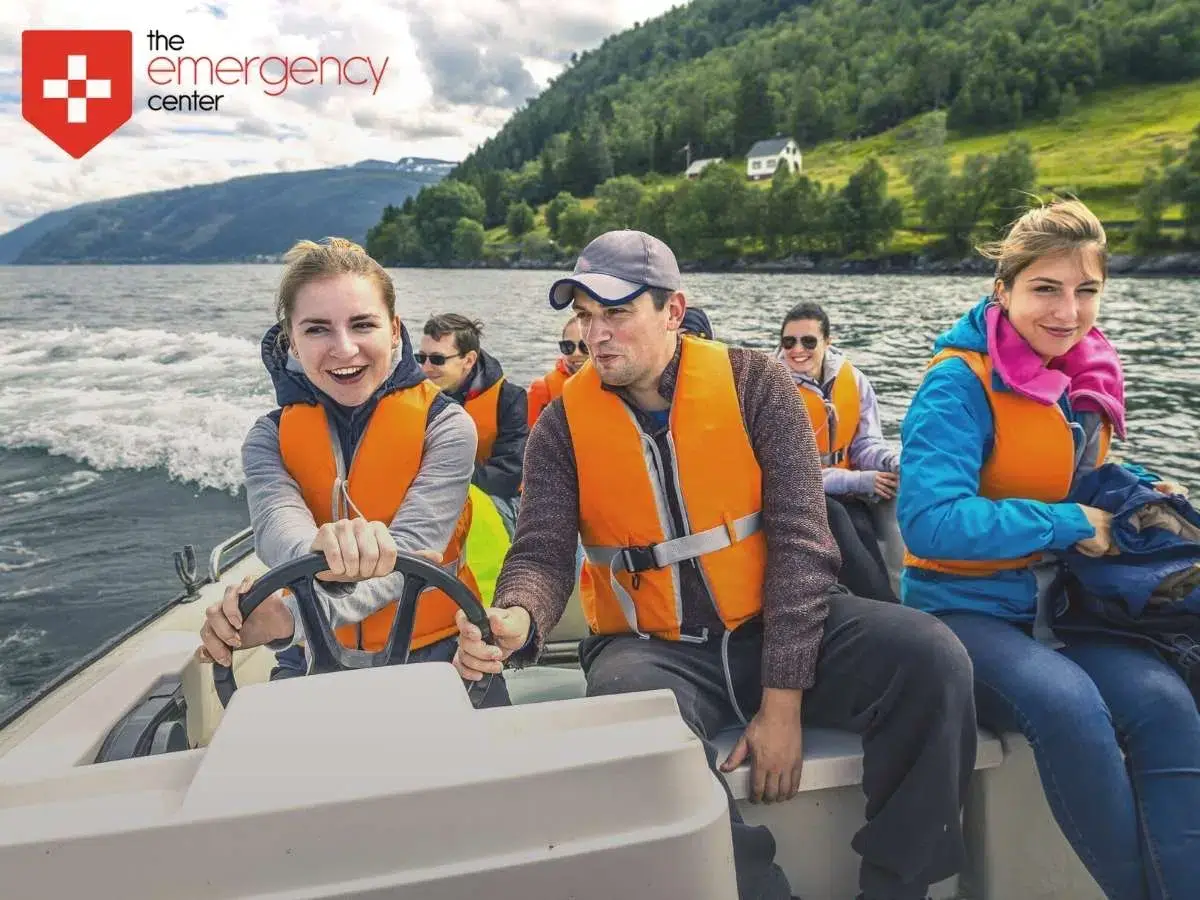Is Open-Water Swimming Safe?
Swimming Risks & Safety Tips
Besides short sleeves and cold treats, summer is a time for fun in the water. Whether it’s a pool, waterpark, beach vacation, or trip to the lake, water is at the center of many hot weather activities.
Water safety is often thought of as a lesson to teach small children. But according to the Centers for Disease Control and Prevention, only one in five people who die from drowning are younger than 15. That means the vast majority of the almost 4,000 Americans who drown annually—including hundreds in boating accidents—are either teenagers or adults.
How Do You Keep Swimming Safe in Open Water?
You probably remember most pool safety lessons from when you were a kid: don’t run around the pool, don’t eat right before swimming, and, of course, no horseplay.
But time spent in open water like lakes (natural or man-made), rivers, ponds, and oceans comes with its own set of rules that are not as well known despite the increasing popularity of this type of recreation.
Many of the same rules for the swimming pool also apply to swimming in open water:
- Never swim alone.
- Get out of the water if you hear thunder or if a storm is coming.
- Limit alcohol intake.
However, it’s important to take additional precautions in open water as there are more potential risks. In fact, the National Drowning Prevention Alliance says that more than 40% of children who drowned did so in open water.*
Safety Tips For Open Water Swimming
- Learn about the water. Is there a current? How deep is the water? What is the water temperature? The answers to all these questions can impact how far out you go, how long you stay in the water and how to act.
- Swim in designated areas. Many lakes and beaches will have swimming areas marked with buoys and/or flags.
- Staying current. If the water has a current, pick out a fixed point on shore to reference so you will know if you’re getting pulled out too far. If you do feel the current sweeping you away, swim parallel to shore with (not against) the current.
- Be watercraft aware. People on boats, jet skis, even canoes and kayaks may not be able to see you, so try to avoid swimming in areas with any water traffic.
- Wear a life jacket. While children and weaker/new swimmers should always wear a life jacket in open water (and in pools when not closely supervised), it’s generally a good idea for everyone to wear a life jacket in open water, which can be unpredictable.
Essential Boating Tips To Stay Safe
Each year, there are thousands of boating incidents leading to head or neck injuries, death, or serious property damage, according to the U.S. Coast Guard. Whether you’re the driver or a passenger, it’s important to have the right knowledge and equipment to stay safe.
- Make sure you are wearing a life jacket appropriate for your size and weight.
- Let someone who is not with you know where you’re going and how long you will be out on the water.
- Take a boater safety course.
- Help inspect the watercraft and its safety equipment and complete a pre-procedure checklist before departing (available through many marinas or the Coast Guard website).
- Dress and prepare as though you will be in the water.
- Make sure vessel lights are on as soon as it starts getting dark.
- Use common sense.
Water safety is about preventing tragedy. But despite even the best efforts, sometimes injuries occur on boats or while swimming.
Visit San Antonio’s Trusted Emergency Room In Case Of Open Water Swimming Injuries
Fortunately, The Emergency Center has the capabilities to address major and minor medical issues that happen on or in the water 24/7, so that you can get back to your summer of fun.
*based on 2016 statistics

The Emergency Center
San Antonio
11320 Alamo Ranch Pkwy
San Antonio, TX 78253
Phone: 210-485-3644
Conroe
4019 I-45 N,
Conroe, Texas 77304
Phone: 936-247-9457

